Milk is a typical liquid. A liquid takes on the shape of the container it is in; in this case a glass. Liquids have a distinct boundary called a "free surface"; in this case, near the top of the glass where the milk meets the air above it.
Click on image for full size
Image courtesy of Corel Corporation.
Liquids
Liquid is one of the four common states of matter. The three others are gas, solid, and plasma. There are also some other exotic states of matter that have been discovered in recent years.
A liquid does not have a fixed shape, like a solid; instead it takes on the shape of the container that it is in. Liquids can flow. A liquid has a distinct surface, unlike a gas. This surface is called a free surface. For example, water in a glass has a surface where the water ends and the air above it begins.
When a liquid boils or evaporates, it becomes a gas. When a liquid freezes, it becomes a solid. For example, when liquid water boils, it becomes water vapor. When liquid water freezes, it becomes ice.
In everyday life we think of a liquid and a fluid as being the same thing. Scientists use the term "fluid" in a special way, though, to mean things that can flow. Liquids, gases, and plasmas are all fluids as far as scientists are concerned.
Water is probably what you think of when someone mentions a liquid. Milk, gasoline, and cooking oil are other common liquids. Some common substances, like the oxygen and nitrogen in air, are gases under "normal" circumstances but can become liquids if they are very, very cold. Mercury is a kind of metal that is a liquid at normal temperatures; it doesn't "freeze" and become a solid until cooled to -39° C (-38° F). Glass and steel become liquids when they are heated to very, very high temperatures.
You might also be interested in:
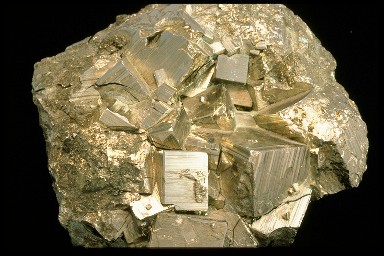
Solid is one of the four common states of matter. The three others are gas, liquid, and plasma. There are also some other exotic states of matter that have been discovered in recent years. Unlike liquids
...more
Plasma is known as the fourth state of matter (the first three states being solid, liquid and gas).Matter in ordinary conditions on Earth has electrons that orbit around the atomic nucleus. The electrons
...more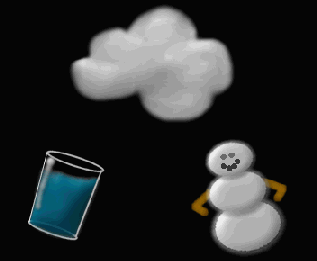
Any substance, called matter, can exist as a solid material, liquid, or gas. These three different forms are called states. Matter can change its state when heated. As a solid, matter has a fixed volume
...more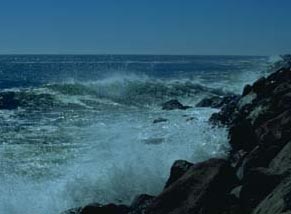
One process which transfers water from the ground back to the atmosphere is evaporation. Evaporation is when water passes from a liquid phase to a gas phase. Rates of evaporation of water depend on factors
...more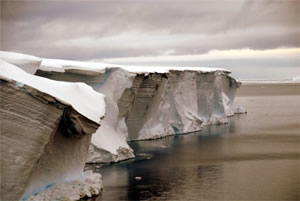
The cryosphere includes the parts of the Earth system where water is in its frozen (solid) form. This includes snow, sea ice, icebergs, ice shelves, glaciers, ice sheets, and permafrost soils. Approximately
...more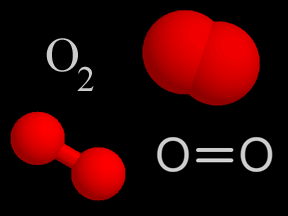
Oxygen is a chemical element with an atomic number of 8 (it has eight protons in its nucleus). Oxygen forms a chemical compound (O2) of two atoms which is a colorless gas at normal temperatures and pressures.
...more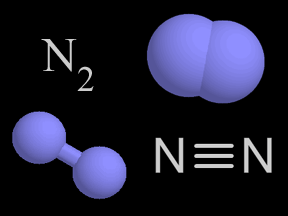
Nitrogen is a chemical element with an atomic number of 7 (it has seven protons in its nucleus). Molecular nitrogen (N2) is a very common chemical compound in which two nitrogen atoms are tightly bound
...more















